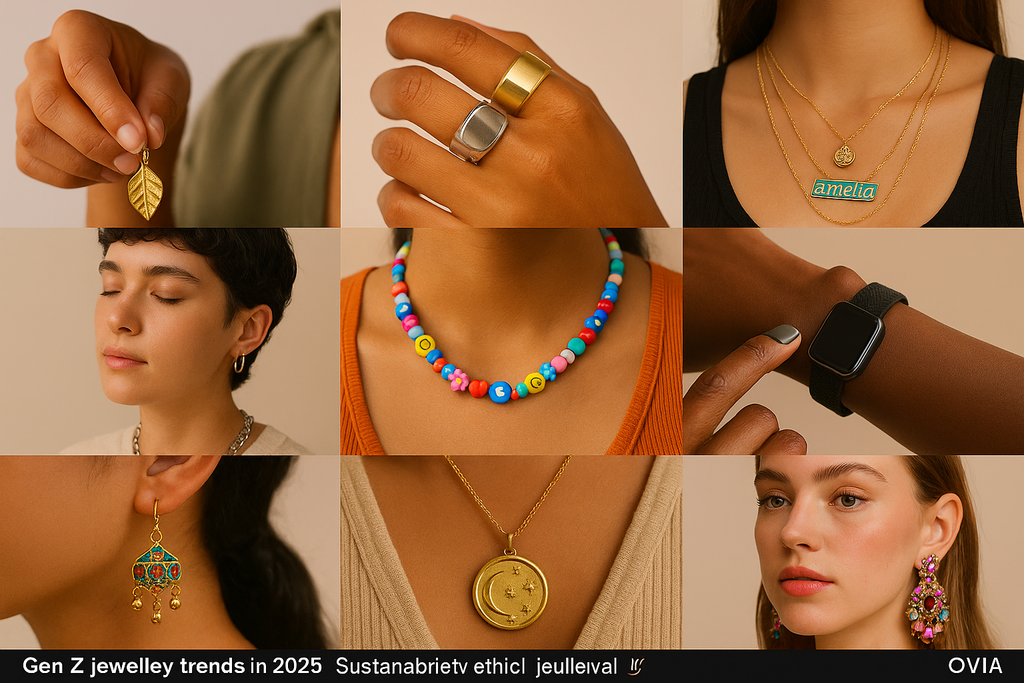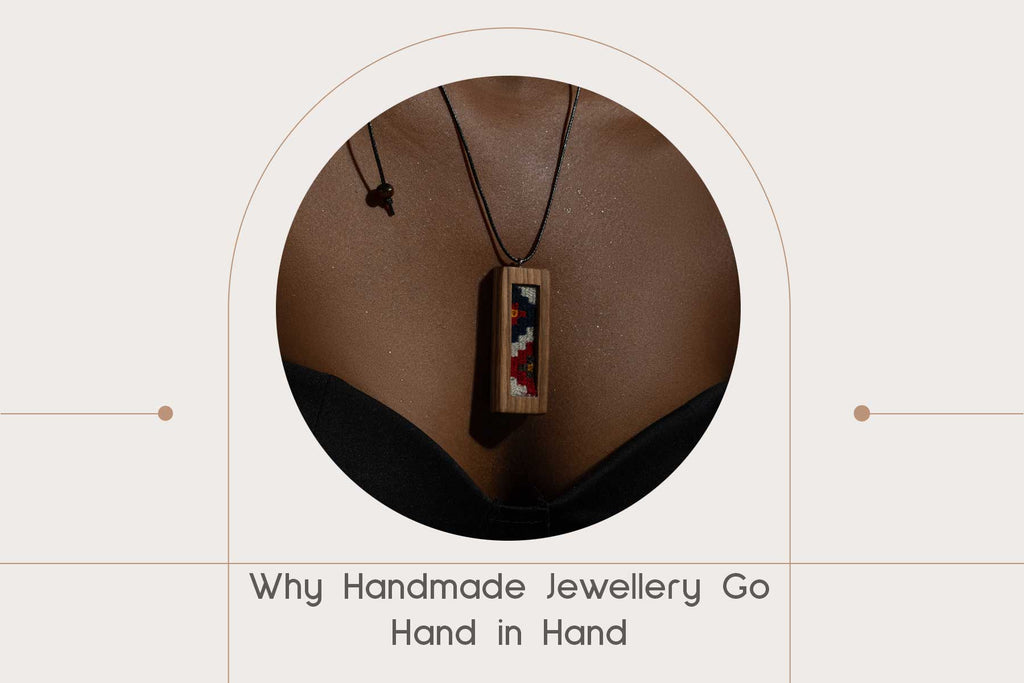For centuries, the intricate weaves of Kilim rugs have graced Persian homes, their vibrant patterns whispering tales of nomadic life and rich symbolism. Today, the timeless beauty of Kilim finds a new expression in the Kilim Knots & Walnut Whorls jewelry collection. These exquisite pieces blend the warmth of handcrafted Persian Kilim with the smooth elegance of walnut wood, creating a stunning bridge between past and present. In this article, we'll unravel the story of Kilim, explore the symbolism behind its captivating designs, and discover how this ancient textile art has transitioned so gracefully into the world of contemporary jewellery.
Kilim: A Tapestry of Time
The story of Kilim isn't bound to grand palaces or temples – it's woven into the very fabric of nomadic life. Centuries ago, across the vast landscapes of Persia (stretching into modern-day Iran, Turkey, and beyond), these vibrant flatwoven rugs were essentials. Portable and versatile, they served as floor coverings, blankets for warmth, and even saddlebags for camels! Every Kilim reflected the weaver's world, with colors speaking of their surroundings and designs hinting at tribal identities.
Within these seemingly simple weaves lies a hidden language of motifs. Geometric shapes dance across the Kilim, each carrying whispers of meaning. Stylized flowers might bloom, representing new beginnings, while repeating triangles could symbolize the strength of the mountains. It's easy to imagine those first nomads finding comfort and belonging in the very designs they created– surrounding themselves with symbols of the values they held dear.
Yet, the symbolism of Kilim goes deeper than mere decoration. Think of how these motifs, when transformed into jewelry, gain an intimate power. A symbol of strength becomes a tangible reminder you carry with you. A design echoing natural beauty becomes an expression of your connection to the world around you.

The Art of the Weave
The magic of Kilim lies in its simplicity, in the touch of skilled hands that give it life. The foundation of every Kilim begins with natural fibers – the warmth and resilience of sheep's wool, often interlaced with lustrous silk for a touch of opulence. Picture those hands, working with yarn still carrying the faint scent of the land. Perhaps even the colors woven into the Kilim whisper of nature. The deep reds of madder root, the vibrant blues of indigo, or the subtle yellows extracted from vibrant blossoms...all carry the essence of their origins within the threads themselves.
Unlike other rugs with knotted piles, Kilim is a flatweave, its patterns formed entirely by the weft, the threads moving horizontally across the loom. The weaver builds the design meticulously, row by row. Simple tools – looms passed down through generations, wooden combs to beat down the threads – are the instruments in this ancient symphony of creation. Kilim weaving has traditionally been in the realm of women, a treasured skill passed from mother to daughter, weaving bonds of community along with the textiles themselves.
And in this handmade world, perfection lies in subtle imperfection. A slight shift in tension might lead to a design that gently curves where it was meant to be straight. A color might subtly shift with a new batch of dye. These aren't flaws, but rather the unique signature of the weaver, a mark of the human touch that makes each Kilim one-of-a-kind.














































